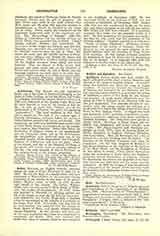www.catholic.com/encyclopedia/prince-charles-daremberg


Click to enlarge
Aremberg, PRINCE CHARLES D’, Definitor-general and Commissary of the Capuchins; d. at Brussels June 5, 1669. He is the author of “Flores Seraphici”, biographies of eminent Capuchins from 1525 to 1612 (Cologne and Antwerp, 2 vols., 1640) and “Clypeus Seraphicus” (Cologne, 1643), a defense of the “Annales Capucinorum” of Boverius.
THOMAS J. SHAHAN
Enjoying this content? Please support our mission!Donatewww.catholic.com/support-us

